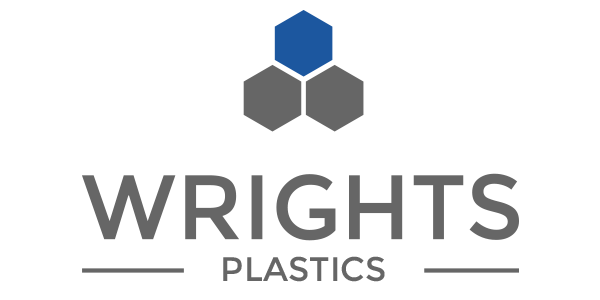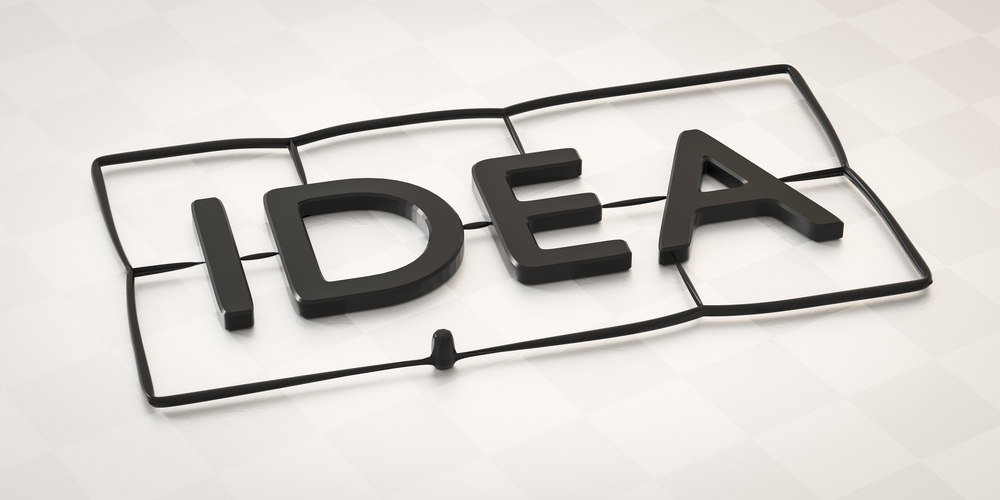With increasingly complex and efficient machinery, vacuum forming is an increasingly attractive process for many projects previously considered suitable for injection moulding. We’ll take a brief look at the reasons why as we battle vacuum forming vs injection moulding.
What is vacuum forming?
The term vacuum forming – one of a range of thermofroming services – describes the process of heating a plastic sheet and using pressure to shape it into a mould. Vacuum forming is a specific process in which a vacuum is used to form the heated plastic into the shape of the mould.
What is injection moulding?
The process begins by heating polymers into molten form. This liquid polymer is then ‘injected’ into a mould – usually made of steel or aluminium – and held in place. After the plastic has cooled the mould is then opened and the finished parts are removed.
Vacuum forming vs injection moulding
Vacuum forming offers generally lower tooling and star- up costs – especially when using the latest technology and software to deliver increasingly complex tools or a rapid plastic prototype and these tools can be used again and again so they are great for projects where batches are regularly required.
Production times are often faster than for injection moulding. Whilst injection moulding has often been considered less wasteful, modern thermoforming techniques and equipment mean this is not always the case?
Complete the enquiry form or call the team on 0121 580 3080
Vacuum forming is especially suited for larger forming such as POS retail displays, and ideal for small to medium volume projects.
Injection moulding is a more complex manufacturing technique than vacuum forming and can require high levels of engineering expertise.
Injection moulding continues to be the go-to process for large volume parts and components.
Vacuum forming vs injection moulding – who decides?
We can use our 50 years of fabrication expertise to help determine the best process for your project. We’ll discuss the design and material, the timelines and the budget before deciding the best process for the part or component.
We not only fully understand fabrication processes and material, we also understand the need for an effective business case – initial investment, overall costs and turnaround times. We also have the advantage of having lots of services under 1 roof – from designers refining any concept or idea for maximum effectiveness to CAD team getting the drawings right first time to reduce waste and timewasting, and even a collation, assembly and distribution arm to deliver on time, every time.


